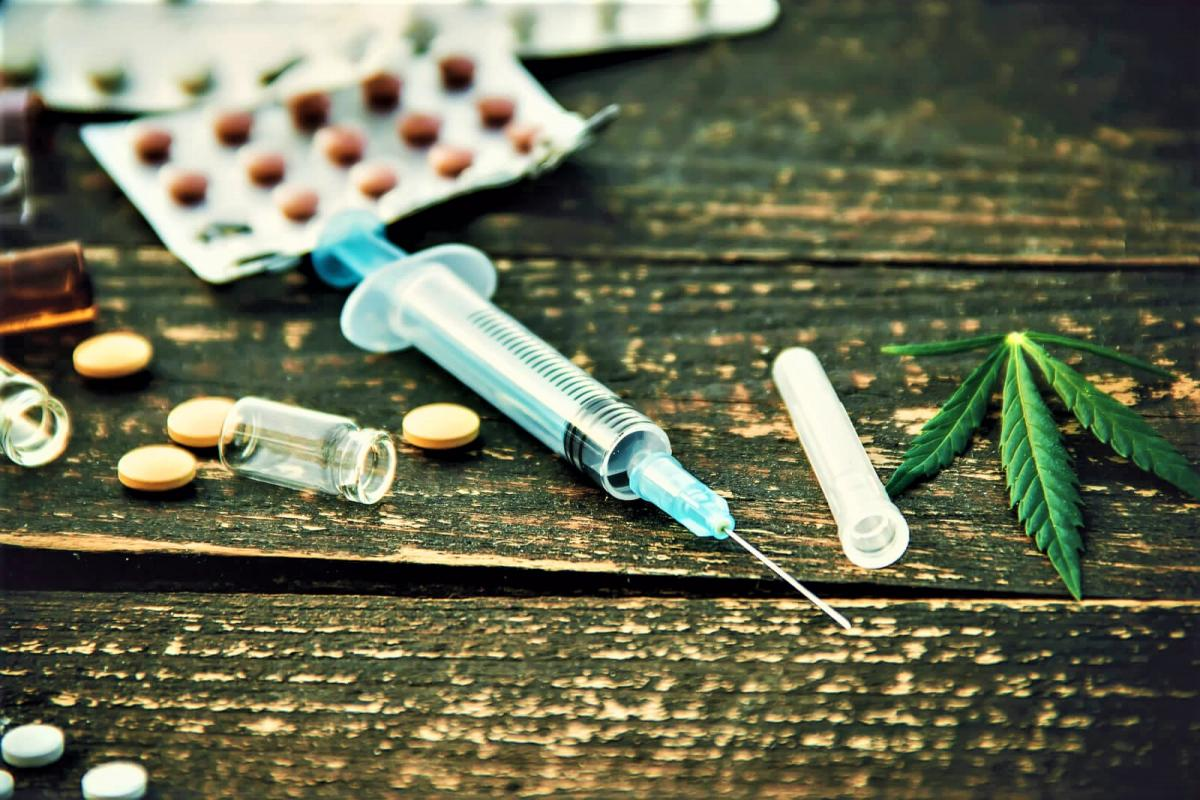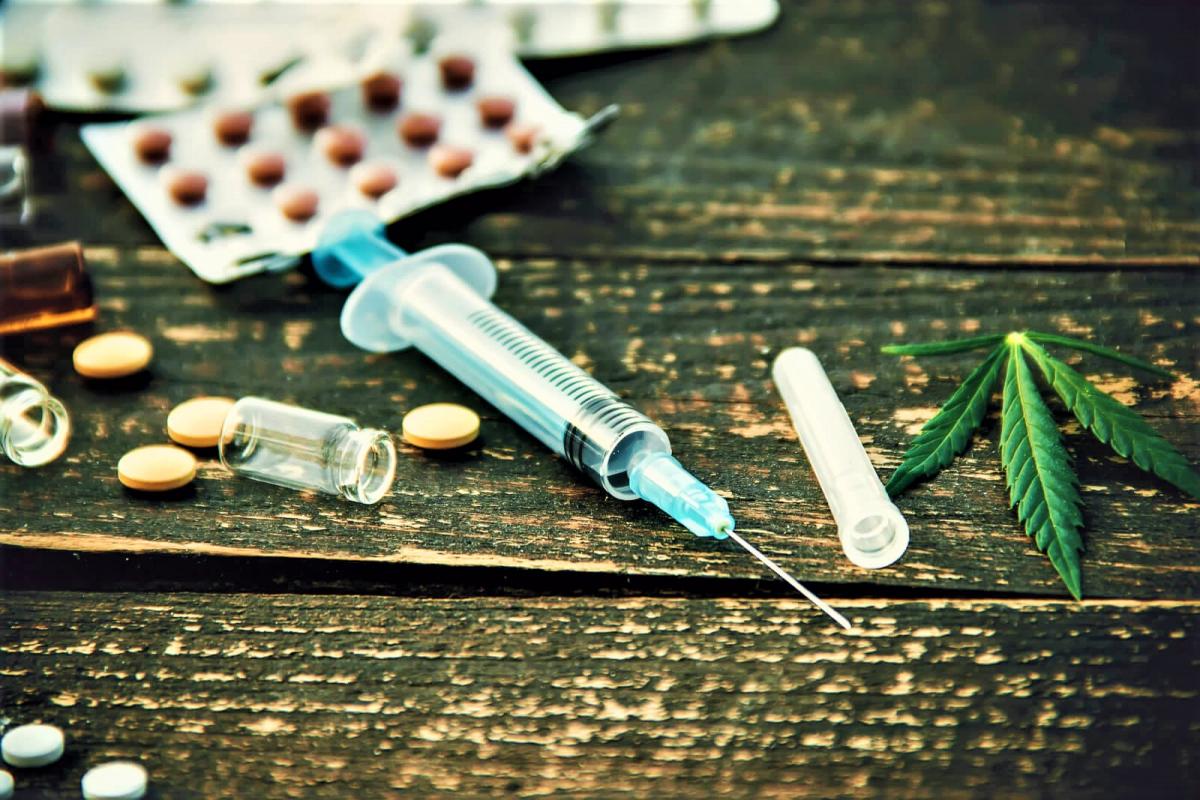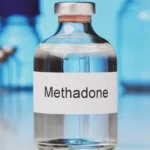Substance abuse treatment is a process of helping individuals overcome addiction to drugs or alcohol. This involves a combination of medical and psychological therapies, as well as support from trained professionals and peers.

The first step in substance abuse treatment is typically detoxification, which is the process of removing the drugs or alcohol from the individual’s system. This can be a difficult and uncomfortable process, and medical supervision may be necessary to ensure safety and manage withdrawal symptoms.
Specialized Substance Abuse Treatment Programs
Primary Care Clinicians need to know how to diagnose substance abuse disorder or dependence disorders. The clinic’s responsibility for the patient does not end with the patient’s entry into formal treatment; rather, the physician may become a collaborative part of the treatment team, and, unless the patient requires further treatment. Nevertheless, learning the treatment and recovery of substance misuse can prove challenging.
Another resource is the National Council on Alcohol and Drug Dependence, which provides both assessment or referral for a sliding scale fee and distributes free information on treatment facilities nationally.
Directories of Local Substance Abuse TreatmentSystems
The first stage of understanding the local resources should involve collecting data about the drug and alcohol treatment currently available within the local community. In most communities, government or private organizations often compile a directory of substance abuse treatment facilities that contains useful and detailed information on the service offerings. It’s likely a local hospital’s health department, a council for addictions and alcoholism, a charity and even a voluntary rehabilitation organisation.
When you donate your used goods to The Salvation Army, you help fund rehabilitation programs that assist substance abusers. Donate now Share Drug and alcohol use isn’t always illegal. Nine million Americans misuse prescription drugs every year. When you donate your used goods to The Salvation Army, you help fund rehabilitation programs that assist substance abusers Donate now Share Drug and alcohol-related problems cost us all.
What’s the difference between substance use/misuse and substance use disorder?
Substance use/misuse describes occasional episodes of substance use instead of chronic habitual or pattern usage. Sometimes people can take drugs and alcohol to relieve their SUD symptoms, but some doses can cause addiction or dependence. Cannabis or cocaine is a substance with a tendency for addiction to and tolerance.
Do you need help? Does someone you love need help? According to the Substance Abuse and Mental Health Services Administration, a division of the U.S. Department of Health and Human Services, here are some signs of substance or alcohol addiction: Tolerance A person needs increasingly larger amounts of alcohol or drugs to get high.
Partial Hospitalization Program (PHP)
In a typical case, the therapist will provide a minimum of four-and-a-half hours of treatment a day (20 more days a week). Many of our families use addiction treatment programs to provide an intense experience for the child. Day treatment may suit individuals with co-occurring psychological illness.
There are also several different types of treatment settings, including Outpatient counseling. Intensive outpatient treatment. Inpatient treatment. Long-term therapeutic communities, such as sober living communities. In detoxification, you stop taking the substance(s), allowing them to leave your body.
What is the difference between substance use disorders and addiction?
The drug use disorder is mild, medium, or severe. Addictions have the strongest effects. SUD. It involves continuing the use of substances even without adverse consequences. Addiction occurs when a reward system is used to amplify addiction. Both entail physical and mental dependence. Those who abuse drugs are psychologically dependent.
For a teenager, moving, a family divorce, or changing schools can increase their risk. It’s important to turn to healthy coping mechanisms during these times of change, such as exercising, meditating, or learning a new hobby. Consider seeing a mental health professional if you’re having issues managing your stress.
Medications for Addiction Treatment (MAT)
For individuals with physical dependence on a substance such as heroin and opiates, the medication is administered in specialized outpatient facilities in conjunction with counseling services.
Most families use these types of addiction treatment programs when their child needs an intensive and structured experience. Day treatment can be appropriate for individuals with co-occurring mental illness. Residential (rehab center) Medium to High Intensity These programs provide treatment in a residential setting and can last from one month to a year.
Treatment Settings
Treatment for addiction to substances is provided in 2 primary environments namely inpatient & outpatient . Even when cost differences are widely between the two forms the most recent evaluation reports do not show a strong correlation with the treatment setting. Research has not shown a clear correlation between a therapy environment and the amount/type of services offered, though a correlation exists between services and post-trauma outcomes. The majority of patients can be effectively treated in inpatient or outpatient settings though certain subgroup responses may be optimal in specific situations.
Types of treatment services
The treatment process requires a broad spectrum of treatments to be addressed for a complete problem. If there are no services available at your child’s school, they can help the child get there elsewhere.
Every day in America, 114 people die as a result of a drug overdose, and 205 more die as a result of alcohol abuse. When you donate your used goods to The Salvation Army, you help fund rehabilitation programs that assist substance abusers. Donate now Share Drug and alcohol use isn’t always illegal.
Who does substance use disorder affect?
Substance abuse disorders affect everyone, from young to old, and are related to race and socioeconomic status. The average age of birth for a female is about 62 years. Substance abuse is most prevalent in the younger generation.
Self-Help Groups
Mutual assistance in 12-step programs, including addiction support groups, addiction counseling groups, alcohol and drug counseling, and more recent alternatives (e.g. the Rational Rehabilitation program or Women for Sobriety), represents the backbone for many treatments.
Although AA and similar groups were extensively adopted, this technique was not formally evaluated. However, these Fellowships have been reported to assist people at every stage of their recovery process in changing their habits and behaviors to cope with drug cravings, remain hopeful, and remain steadfast. Self-help groups may also be of assistance to people with mental issues or other disabilities.
Mental health conditions
Nearly half of the world’s population is affected by substance use disorders. These two diagnoses can be termed dual diagnoses. In 2019, 17 million American citizens had an underlying mental health issue. SUDs are a common mental health condition that can have multiple causes. Researchers believe mental disorders can cause SUDs and can also lead to mental illnesses. Some mental disorders may be related to developing SUD.
You then need more to produce the same effect. For some substances, such as opioids, the withdrawal symptoms are so severe that they create significant motivation to continue using them. Genetic Studies show that genetic factors are responsible for 40% to 60% of the vulnerability to any substance use disorder.
Treatment Programs for special populations
A broad selection of drug abuse treatment programs has been designed for specific populations including women, pregnant, or postpartum mothers, and children who are elderly. Several special services are offered by the government as well as private companies; these include residential and hospital medications incorporating therapeutic community models and the Minneapolis model of outpatient pharmacotherapy. Research has not confirmed that these separate programs for special populations are superior to each other.
Family services In most cases, family involvement is an important element in treating teens and young adults. It helps family members understand addiction as a chronic illness, helps the family have realistic expectations and goals for treatment, and helps improve communication and overall family functioning.
Mental health treatment
Individuals suffering from co-occurrence/mental disorders should seek treatment in combination with mental disorders ideally through integrated treatment. Treatment of the depressive disorder alone won’t be sufficient for a full treatment of the mental health problem unless treatment is done with the drug.
What is the treatment for substance use disorder?
Various treatment options are available to people battling addiction problems. Treatment varies depending on the person’s individual circumstances. SUD treatment often requires constant medical attention because of its potential for recovery and relapse. Since many individuals with SUD suffer from similar mental disorders a combination therapy is usually better.
Opioid use disorder, for instance, can start after just five days of misuse. Never share your prescription medication with someone else or sell it. Always store it in a safe place away from children.
Related Blogs:
Alcohol Rehab Indianapolis | long Term Effects of Alcoholism | Rehab For Young Adults
How Long Does Alcohol Stay in Your System | 12 Step Program | Drug and Alcohol Detox
Outpatient Treatment For Alcoholism Near Me | Indiana Recovery Centers
How Long is Alcohol Rehabilitation | Professional Detox Alcohol Treatment
Drug Addiction Help & Treatment
- Rehab Centers in Denver - April 7, 2023
- Depression Treatment Centers Near Me - April 7, 2023
- What is a Residential Treatment Program for Drug Addiction - April 7, 2023









